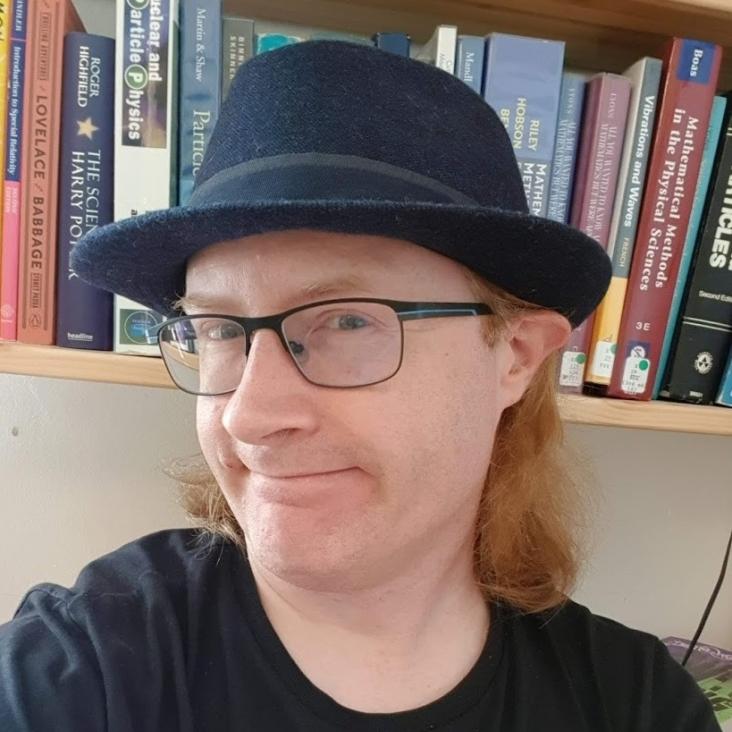Development of superconducting contacts for the CRESST II 66-channel superconducting quantum interference device readout system.
Rev Sci Instrum 78:7 (2007) 073301
Abstract:
The CRESST experiment is designed to search for weakly interacting massive particle dark matter with cryogenic detectors. CRESST II will use up to 33 CaWO(4) crystals with a total mass of approximately 10 kg. These many detectors require a readout system based on 66-channel superconducting quantum interference devices (SQUIDs). In this article we report on the development of a modular superconducting connector for the 66-channel SQUID readout circuit. We show that the technique developed reliably produces superconducting contacts.Scintillation studies of CaWO4 in the milli-kelvin temperature range
Physical Review B: Condensed Matter and Materials Physics 75 (2007) 184308 6pp
The 66-channel SQUID readout for CRESST II
JOURNAL OF INSTRUMENTATION 2 (2007) ARTN P11003
Dark-matter search with CRESST
CZECH J PHYS 56:5 (2006) 535-542
Abstract:
The CRESST experiment is looking for non-baryonic particle dark matter via nuclear scattering in CaWO4. The simultaneous measurement of the heat and the scintillation light generated by an event in a CaWO4 single crystal is used to discriminate between electron and nuclear recoils thanks to their different light output. This allows an efficient suppression of the electron recoil background. The set-up consists of modules with a 300 g CaWO4 crystal mounted in a reflective housing together with a light detector. The heat signal is read out using a superconducting transition-edge sensor (TES) made of tungsten evaporated directly onto the crystal that is operated at a few mK. Currently the second phase of the experiment is being set up at the Laboratori Nazionali del Gran Sasso in which it is planned to run 33 detector modules providing a total target mass of 10 kg. First test runs with prototype detectors have been successfully performed.CRESST: First results with the phonon-light technique
NUCL INSTRUM METH A 559:2 (2006) 375-377


